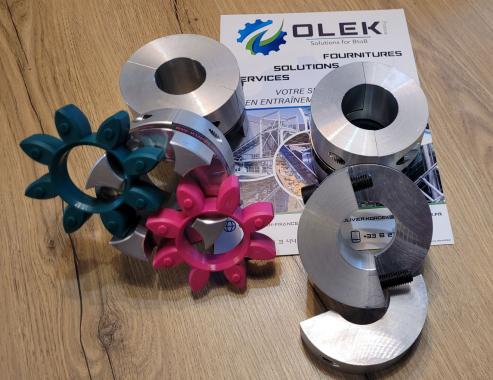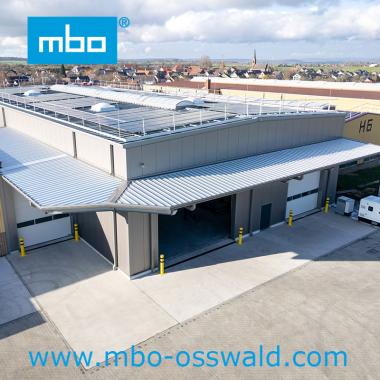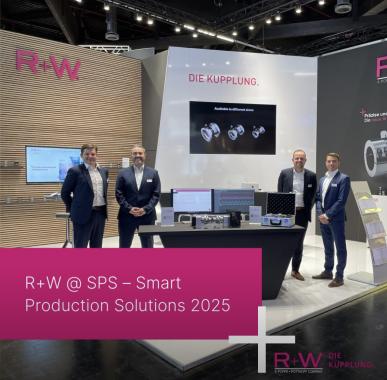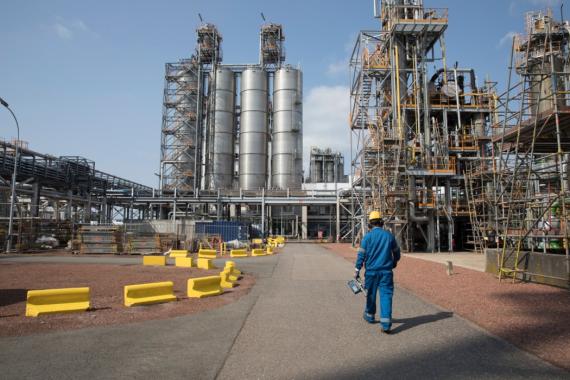Industrial 5G, an essential performance gain

Currently being deployed for the general public, 5G is also a major development for the industrial sector. Jocelyn Zindy, director of business development, cybersecurity offers and the industry of the future offer for Eiffage Énergie Systèmes, presents the opportunities offered by 5G and its key role in the implementation of the industry of the future.
5G designed for industry
If French operators are working to develop public 5G on the territory for the benefit of the general public, the fifth generation network for private use is also the promise of great improvements in the industry. It will replace wifi and the wired networks that currently coexist. “The idea is to replace all these networks with one, in order to simplify administration. Industrial 5G is the variation of public 5G, a certain number of mechanisms and technical functionalities have been designed for industrial uses ,” explains Jocelyn Zindy.
For example, it is possible to prioritize certain parts of the network so that they always have the highest possible throughput. Thanks to the focusing ( beamfoarming ), the smart antennas, " They concentrate their beams where they detect the most active terminals at a time T ", specifies the expert. Network slicing is another advantage for the industrial sector, since it makes it possible to establish virtual networks, by application. Each subnet operates independently, which provides flexibility and greater efficiency in flow management.
The benefits of an optimized network
With a speed ten times faster than usual transmissions, industrial 5G makes it possible to transfer much more data in less time, in both directions (transmission and reception). An essential development, while the number of connected objects is increasing. “ The latency time in 5G is very short, which guarantees great network responsiveness. In industry, if a sensor signals information, it is complicated to upload it in 4G because the latency time is difficult to control. Industrial 5G makes it possible to operate almost in real time. In the case of a faulty engine, for example, a technician can record the sound and immediately send the file to obtain instructions” , specifies Jocelyn Zindy. This development also gives the possibility of using augmented reality for longer because the discomfort of users (nausea, dizziness) is generally linked to insufficient transmission speed or latency time.
The power of industrial 5G also makes it possible to effectively cover an entire site. The absence of a network break, when passing from one zone to another, offers a gain in efficiency. “ It's an asset for the use of AGV (Automatic Guided Vehicle) trucks, in particular,” emphasizes Jocelyn Zindy.
5G can finally offer an integrated geolocation function. “The detection of people on an industrial site, to the nearest meter, is useful to ensure rapid evacuation if necessary, for example on a Seveso site. This avoids using an additional application and managing the administrative constraints associated with it ”, specifies the expert. In short, 5G makes it possible to optimally accomplish various existing tasks in the industrial sector and to open the way to new uses.
Contribute to the industry of the future
In addition to the in-depth use of predictive maintenance, artificial intelligence, Data Sciences, 5G opens up the industry to a new field of possibilities. According to Jocelyn Zindy, “ the goal of the industry of the future is to develop digital continuity in order to improve performance. 5G is a contributory element to this industry of the future . Its interest is, for example, to bring flexibility to industries by connecting its various systems to the same network. It is thus possible to build cars of different brands on the same production line by reconfiguring it as you go. In addition to these increased levels of performance and agility, there is technical interest in security. “ Industrial 5G brings intrinsic cybersecurity because by reducing the number of networks, you reduce the attack surface. Its environment is encrypted, which prevents access to data, and the devices are linked to SIM cards to connect to the network,” explains the expert.
What are the challenges for the deployment of industrial 5G?
While the improvements brought about by 5G are significant, challenges remain. The availability of devices and equipment compatible with 5G is for example a subject. “ To date, there are not a lot of sensors, industrial drones or high-frequency cameras that communicate in 5G. This will develop, we are at the start of industrial deployment ,” says Jocelyn Zindy. Until December 2022, the fees due for the use of frequencies on the 2.6 GHz TDD band, essential for the implementation of 5G networks in the industry, also constituted a brake. “ Since January 2023, pricing has been greatly reduced. 5G is becoming affordable, especially for SMEs ,” says Jocelyn Zindy.
Faced with these challenges, it will take a few more years for manufacturers to fully embrace 5G. “ To date, around thirty 5G experiments have taken place on medium-sized and very large industrial sites, and we are making headway. Not all companies need to switch to 5G, but in two to three years, many will have taken the plunge ,” concludes Jocelyn Zindy.
Our other news
See allJoin the largest community of industrial suppliers
- Helping you with your ongoing technology watch
- Provide you with detailed supplier statistics
- Give you international visibility
Discover the largest catalogue of industrial products on the market
- To offer you the best catalogue of industrial products on the market
- To guarantee you a 100% secure platform
- Enable you to have live remote exchanges


 Français
Français 







